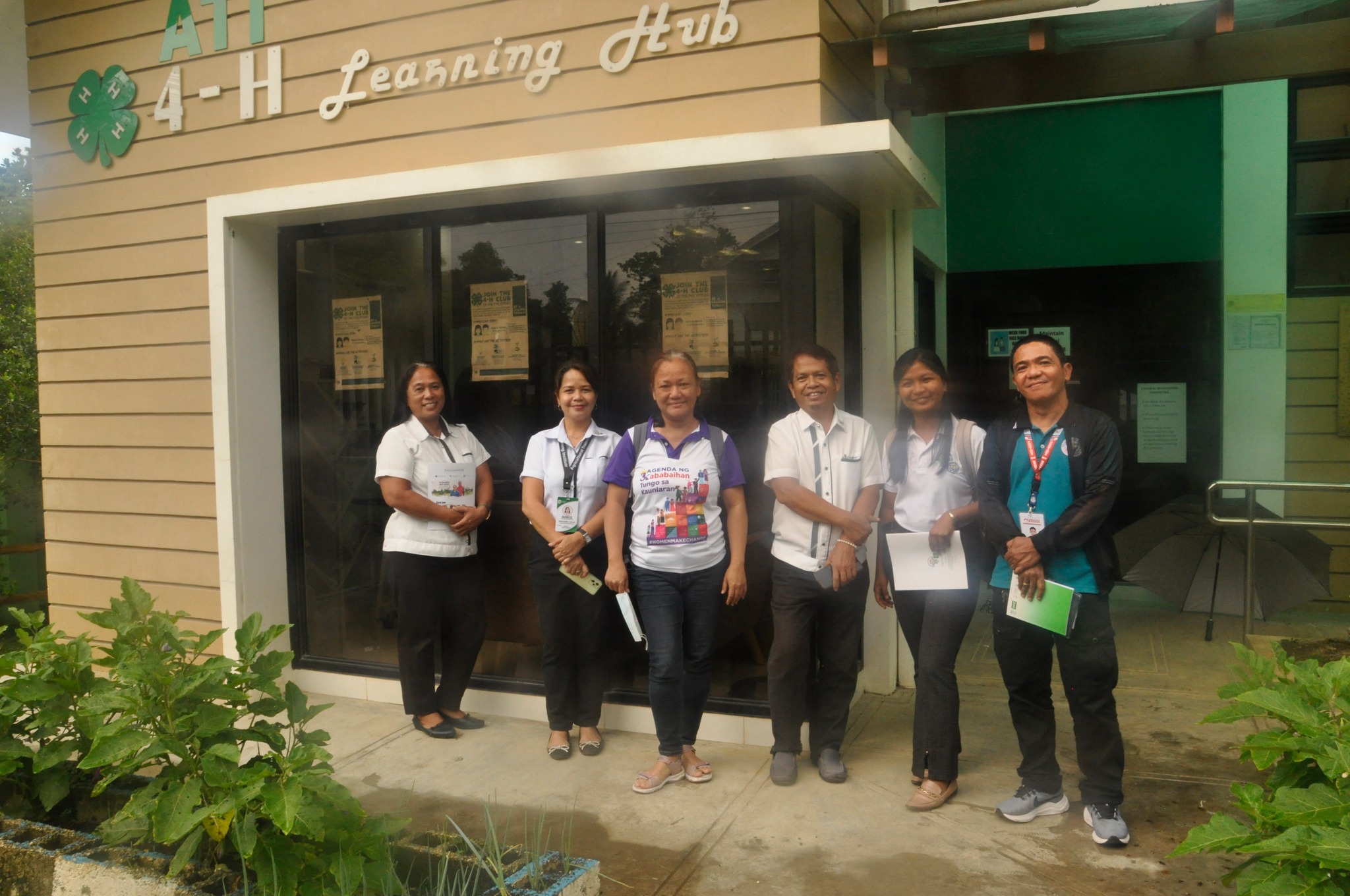DUMAGUETE CITY, Negros Oriental, July 20 (PIA) -- The Department of Agriculture (DA) in Negros Oriental has beefed up their measures to lessen the effects of El Niño phenomenon on the province’s agriculture sector.
It is expected that the agriculture and fishery sectors would be most affected by the extreme weather condition.
In a Kapihan sa PIA forum, DA Provincial Agriculture Program Coordinating Officer Alejandro Rafal said they are now mapping out the non-vulnerable areas of the entire province that could be maximized in terms of production.
Massive information dissemination across the provinces will also be undertaken, said Rafal.
Currently, the DA is undertaking preparatory activities in the non-vulnerable areas for drought or flooding to boost its rice and corn production.
The DA will also coordinate with the Provincial Disaster Risk Reduction and Management Council (PDRRMC) to reactivate and retool the inter-agency El Niño Task Force to mitigate the potential effects of the phenomenon to the agriculture and fisheries sector.
Rafal said of the grand total allocation of over P292 million for Central Visayas to address the impact of El Niño, Negros Oriental will have its share to be spent for small irrigation projects, food production or farm inputs for farmers, especially rice and corn planters and other related interventions.
The National Irrigation Administration (NIA) has around 50 irrigation projects or communal irrigation systems in the province.
“Aside from these, we are developing some small irrigation projects worth P20 million but we have to validate the water dam level weekly to irrigate areas planted with rice during the dry season,” said Rafal.
The province’s major rice and corn production areas that are expected to be affected by the dry spell include Canlaon City with over 5,000 hectares, the towns of Ayungon and Sta. Catalina, and the cities of Tanjay and Bayawan.
Negros Oriental has over 19,000 rice areas and around 55,000 to 60,000 hectares for corn.
“With the extreme weather occurrence, it is difficult for the farmers to produce the desired number of metric tons considering that the province is not sufficient for rice, we are only 32% self sufficient for rice because first we don’t have the area for rice and the irrigation, the source of water is very limited,” explained Rafal.
However, he said importation of the staple food will assure the province of food security because of the availability of rice in the market, but as far as the production is concerned the requirement is difficult to meet.
The province has a requirement of 117,000 metric tons of rice and is only producing 37,000 metric tons.
Local PAGASA Chief Engr. Daniel Caber explained in the same Kapihan forum that the El Niño phenomenon does not exactly equate to total drought but rains will still be experienced in the coming months.
The occurrence of storms remains possible in the time of El Niño.
With that, the DA has also prepared action plans for vulnerable flood-prone areas for rice, such as the cities of Bayawan, Canlaon, Tanjay, and Guihulngan; and the municipalities of Ayungon, Sta. Catalina, Siaton, Jimalaud, Zamboanguita, Basay, Bindoy, and Manjuyod.
Areas at risk for drought for the rice commodity include Ayungon, Basay, Bayawan City, Sta. Catalina, Siaton, Guihulngan City, Jimalalud, Bindoy, Manjuyod. (JCT/PIA7 Negros Oriental)





